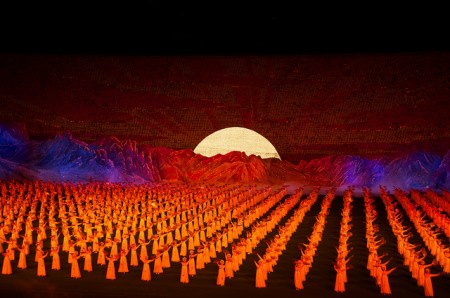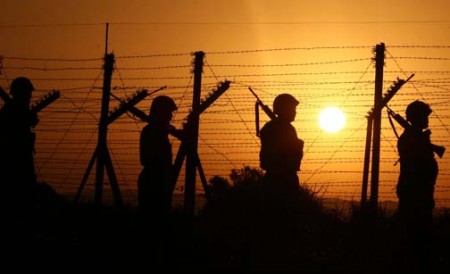
Editors note: This article was originally published by War on the Rocks on 17 March 2014.
As the Pentagon faces inevitable budget cuts, “innovation” and “adaptation” are the buzzwords of the day, but are they reality? The recent Department of Defense (DoD) Quadrennial Defense Review (QDR) identifies innovation as a core theme, and Department leaders have gone to great lengths to stress that they have chosen to protect key investments for the future, even in lean times. The capability areas that DoD says it is protecting—cyber operations, special operations forces, and development of a new long-range bomber—indeed make sense strategically and will be extremely useful in future operating environments. DoD has also stressed that it is maintaining research and development funding in order to retain the U.S. military’s technological edge.
These overarching principles are almost certainly the right ones, but resources need to back them up. As the saying goes: “if it ain’t in the [budget], it ain’t.” In some areas, DoD is putting its money where its mouth is.




